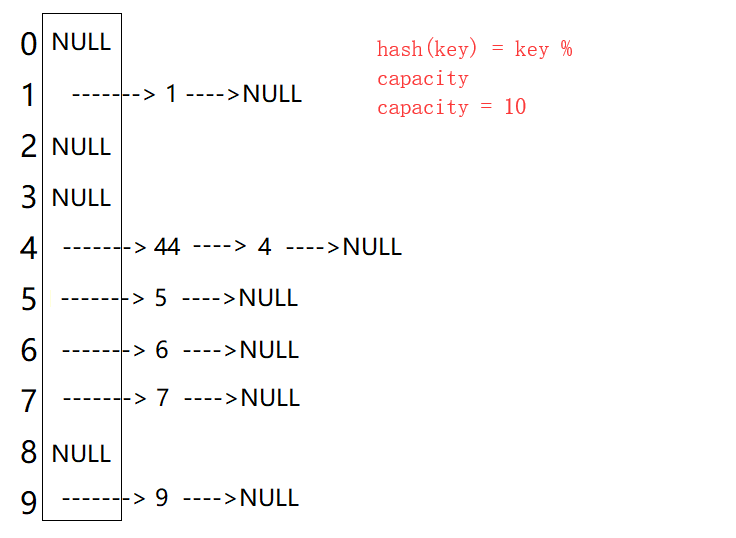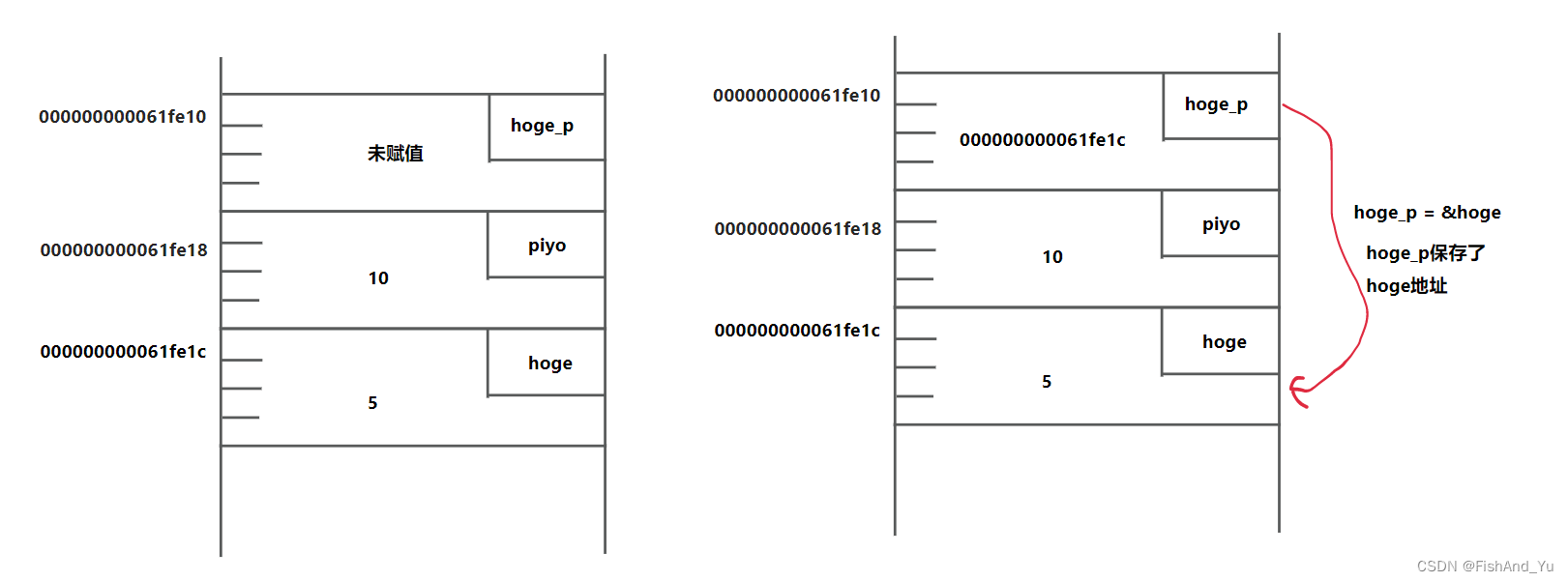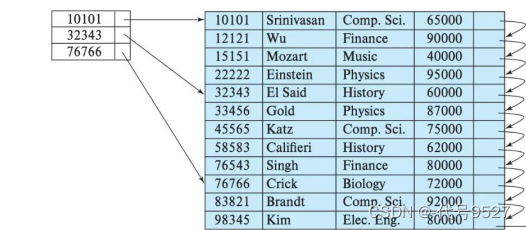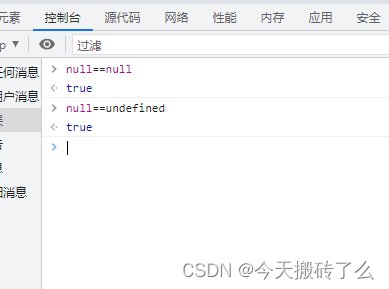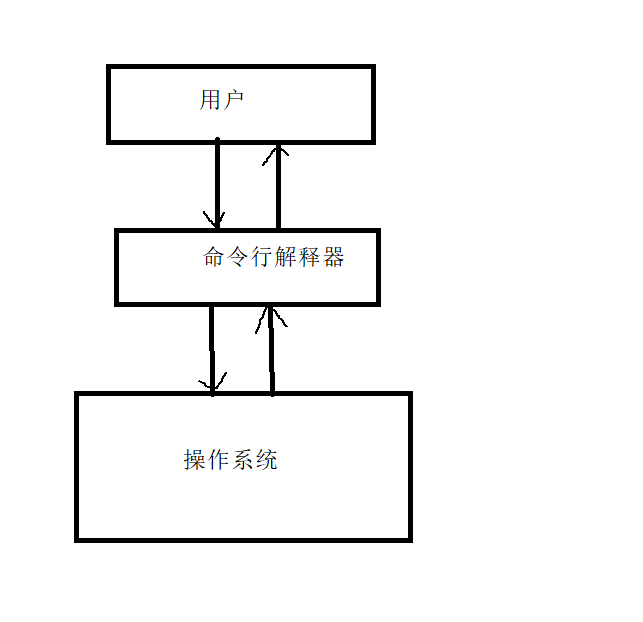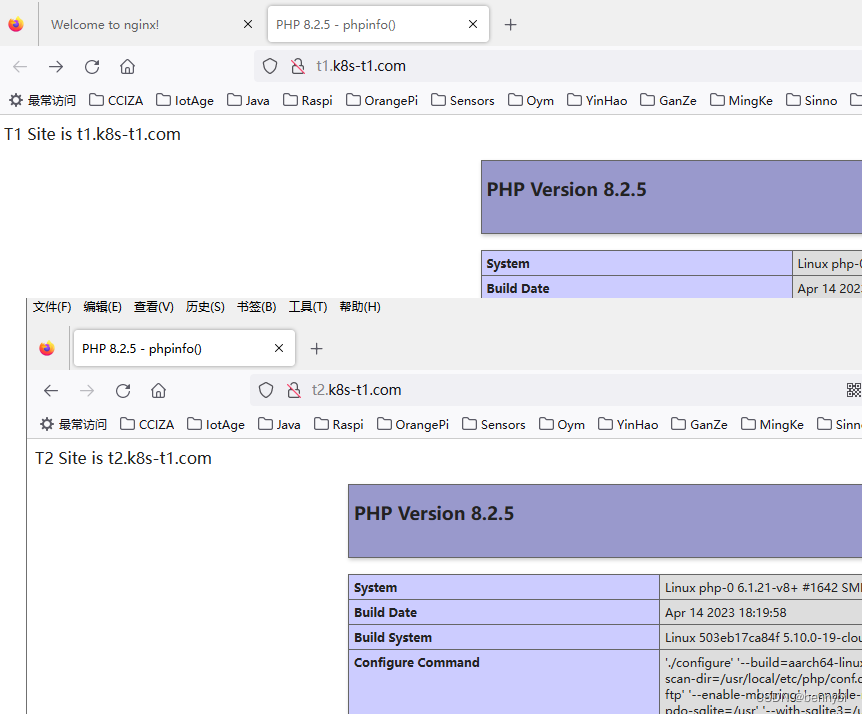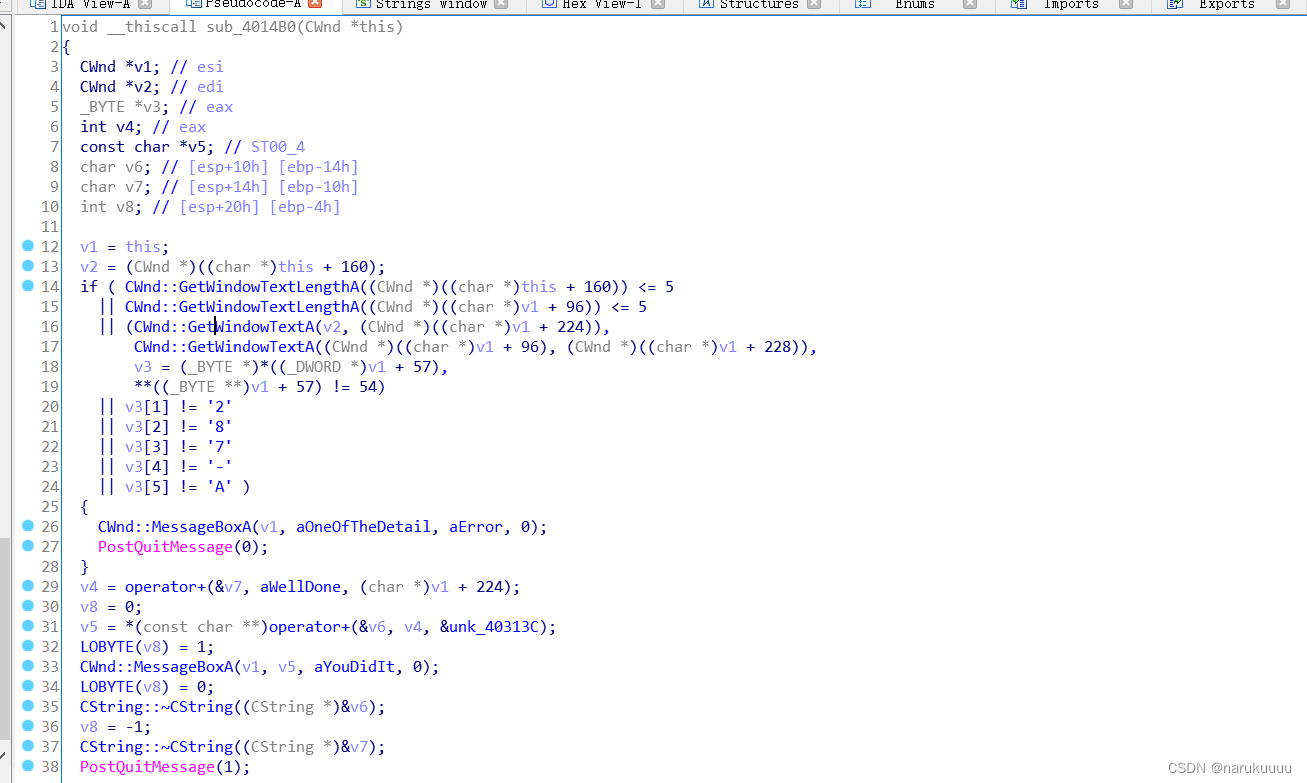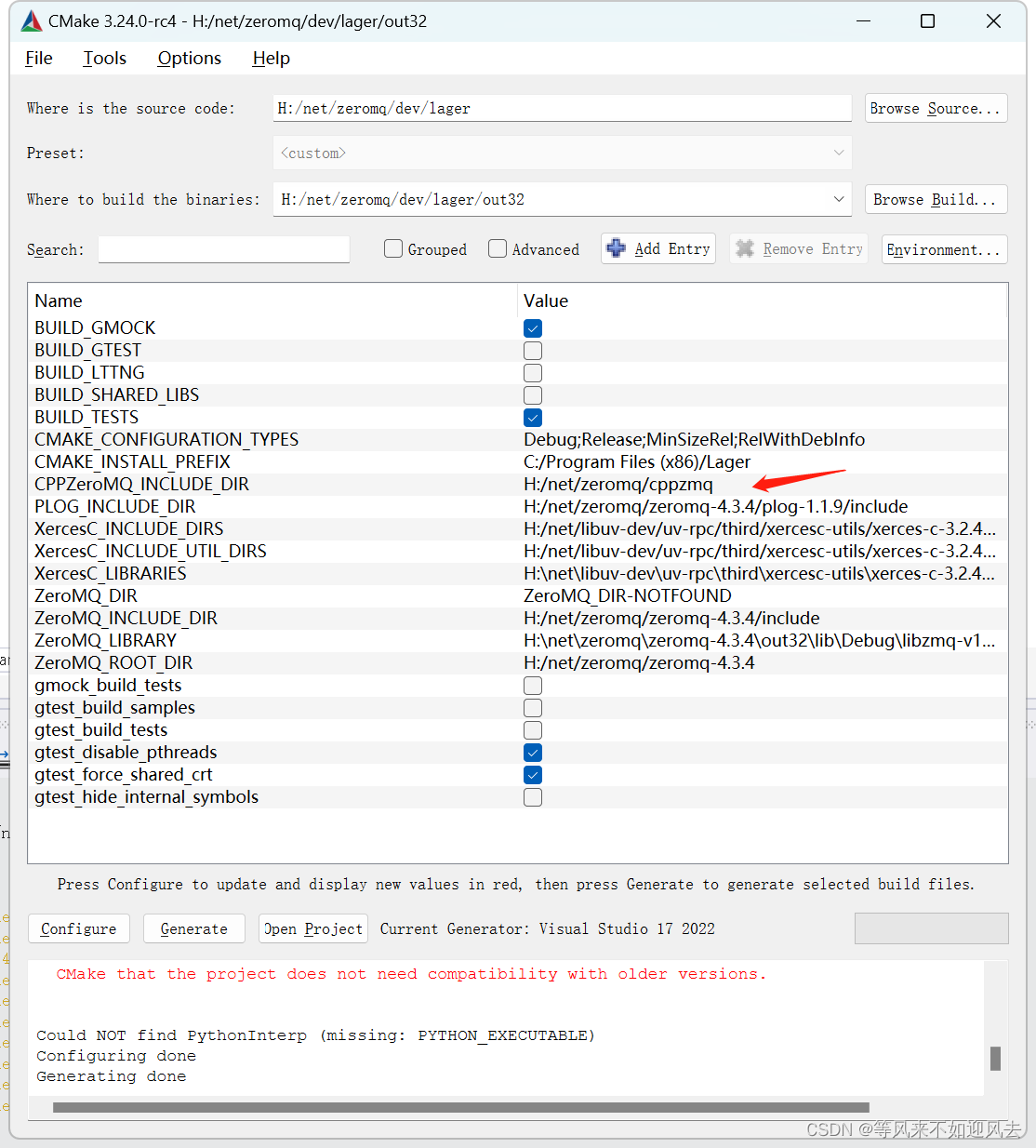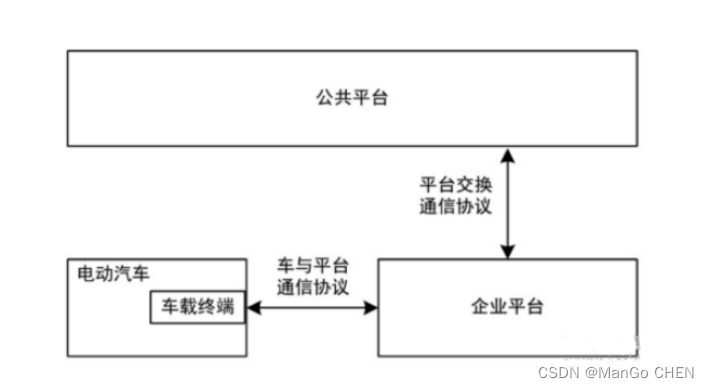的简介
装饰模式又称为“包装(Wrapper)模式”,以对客户端透明的方式扩展对象的功能,是继承关系的一个替代方案。动态地给对象添加一些额外地职责,就增加功能而言,装饰模式比生成子类更加灵活。
一般来说,一些特殊场景,需要主类有一些额外的功能,如添加新的字段,逻辑,方法等,而这些内容,仅仅是在某些特殊场景才会用到,这时候如果使用继承的方式,会使得类变得更加复杂和冗余,于是我们可以考虑使用装饰模式,在特殊场景下,我们可以将主类封装到装饰类中,在装饰类中写上特殊场景下额外的功能逻辑,这样我们就将特殊场景的逻辑和主类分离了,是一个很好的解决方案。
意图:
装饰器模式是为已有的功能对象动态地添加更多功能的一种方式,就增加功能而言,会比继承更加灵活
请注意,是“动态”添加功能,意味着是在运行时才会体现,即是针对于对象的
类图
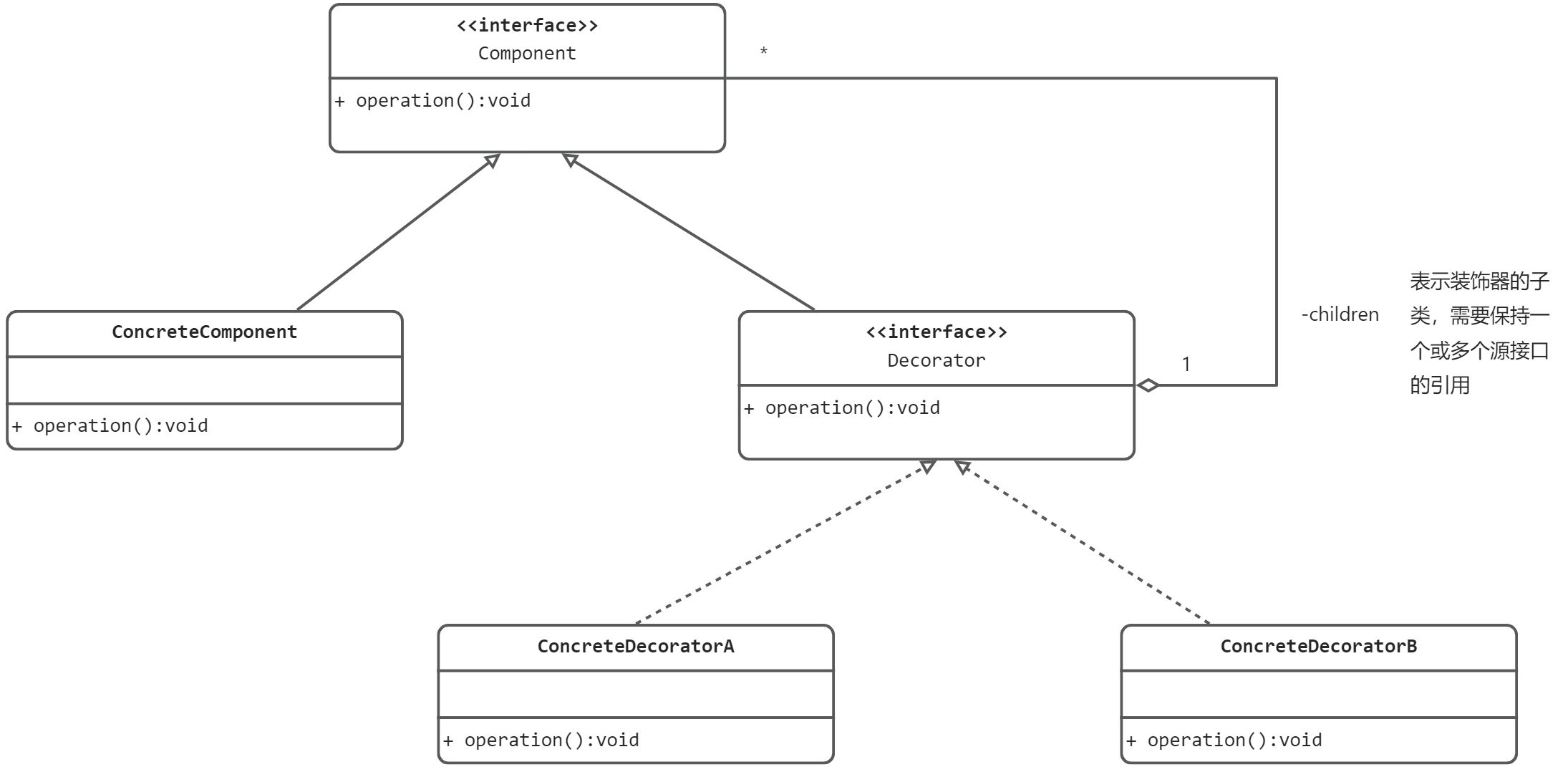
角色及职责:
抽象构件(Component)角色:给出一个抽象接口,以规范准备接收附加责任的对象
具体构件(Concrete Component)角色:定义一个将要接收附加责任的类,及被包装类,也就是我们简介中所说的主类
装饰(Decorator)角色:持有一个构件(Component)对象的实例,并定义一个与抽象构件接口一致的接口,然后可以在此基础上添加新的附加功能规范。
具体装饰角色(Concrete Decorator):负责给构件对象“贴上”附加的责任或功能,其实就是实现装饰接口,编写具体的附加逻辑功能。
优缺点:
优点
- 装饰模式与继承关系的目的都是要扩展对象的功能,但是装饰模式可以提供比继承更多的灵活性(如防止主类过于复杂)。
- 通过使用不同的具体装饰类以及这些装饰类的排列组合,设计师可以创造出很多不同附加行为的组合。
缺点
使用装饰模式可以比使用继承关系需要较少数目的类,使用较少的类可以使设计比较易于进行;但是在另一方面,使用装饰模式会产生比使用继承关系更多的对象,更多的对象会使得查错变得困难,特别是这些对象看上去都很相似。同时,比继承更加灵活机动的特性,也意味着装饰模式比继承更加易于出错。
使用案例
现在我们有一个课程类,课程服务类,在特殊情况下,如管理员查看时,需要展示选择了该课程的学生集合。
现在我们不希望在课程类中加入学生集合这个属性(因为会变得冗余),那么我们可以使用装饰模式来进行该项附加字段以及功能。
那么我们根据上面的类图去定义:
先定义一个课程类Course:
public class Course {
private Integer id;//课程编号
private String name;//课程名称
public Course(Integer id, String name) {
this.id = id;
this.name = name;
}
public Integer getId() {
return id;
}
public void setId(Integer id) {
this.id = id;
}
public String getName() {
return name;
}
public void setName(String name) {
this.name = name;
}
@Override
public String toString() {
return "Course{" +
"id=" + id +
", name='" + name + '\'' +
'}';
}
}然后
1、定义抽象构件接口,即原始功能接口CourseService
//原始课程服务规范
public interface CourseService {
//返回所有课程
List<Course> getAllCourse();
}2、定义具体构件,即原始主类
public class CourseServiceImpl implements CourseService{
@Override
public List<Course> getAllCourse() {
List<Course> list=new ArrayList<>();
list.add(new Course(1,"高等数学"));
list.add(new Course(2,"数据结构"));
list.add(new Course(3,"java"));
return list;
}
}
3、定义装饰接口CourseServiceDecorator,要记得继承原来的接口
public interface CourseServiceDecorator extends CourseService{
//返回课程,以及返回选择该课程的学生姓名
//这里通过map去进行返回
Map<Course, List<String>> getAllCourseAndStudent();
}4、定义装饰接口的实现类
//具体装饰类
public class ConcreteDecorator implements CourseServiceDecorator{
//保持对旧接口实例的引用
private CourseService courseService;
public ConcreteDecorator(CourseService courseService) {
this.courseService = courseService;
}
@Override
public List<Course> getAllCourse() {
return courseService.getAllCourse();
}
@Override
public Map<Course, List<String>> getAllCourseAndStudent() {
Map<Course,List<String>> map=new HashMap<>();
//获取所有学生
List<Course> courseList = courseService.getAllCourse();
//将学生输入到map中
Iterator<Course> iterator = courseList.iterator();
Course course=null;
while (iterator.hasNext()){
course=iterator.next();
map.put(course,getStudent(course));
}
return map;
}
//工具方法,返回指定课程的学生集合
public List<String> getStudent(Course course){
List<String> list=new ArrayList<>();
if (course.getName().equals("java")){
list.add("苏小白");
list.add("柳青");
list.add("李逍遥");
}
else {
list.add("李白");
list.add("柳青");
list.add("杜甫");
}
return list;
}
}
然后我们进行测试
/*
装饰器模式-测试入口
在我们有一个课程服务类,在特殊情况下,如管理员查看时,需要展示选择了该课程的学生集合。
*/
public class Client {
public static void main(String[] args) {
CourseService courseService=new CourseServiceImpl();
//普通用户使用课程服务时
List<Course> allCourse = courseService.getAllCourse();
for (Course course : allCourse) {
System.out.println(course);
}
System.out.println("=========================管理员场景下===================================");
//管理员使用课程服务时,对主类进行包装
CourseServiceDecorator courseServiceDecorator=new ConcreteDecorator(courseService);
Map<Course, List<String>> courseListMap = courseServiceDecorator.getAllCourseAndStudent();
Set<Map.Entry<Course, List<String>>> entries = courseListMap.entrySet();
for (Map.Entry<Course, List<String>> entry : entries) {
Course key = entry.getKey();
List<String> value = entry.getValue();
System.out.print(key);
System.out.print("-->");
System.out.println(value);
}
}
}
运行结果

小结
总的来说,装饰器模式是继承的一种替代方案,适合用于某些特殊场景下才会需要的额外功能逻辑,不在主类中添加,而是在装饰类中添加附加的逻辑,这样能很好的将附加功能与主类进行分离,能保证主类中的代码简洁。



